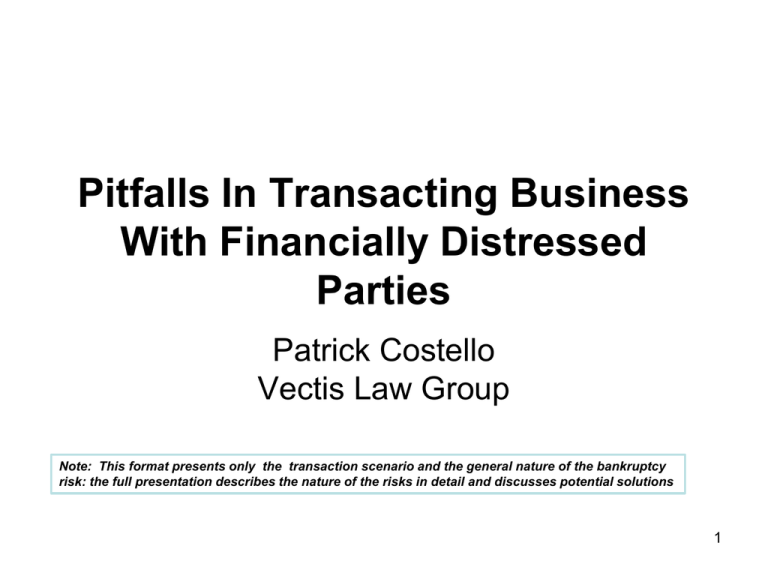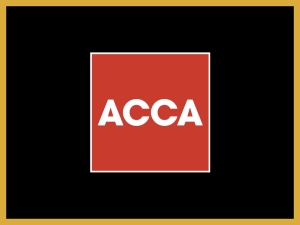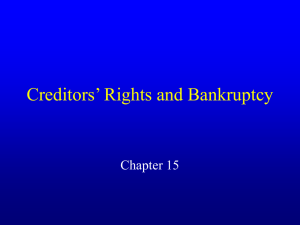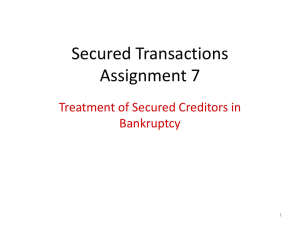Pitfalls In Transacting Business With Financially
advertisement

Pitfalls In Transacting Business With Financially Distressed Parties Patrick Costello Vectis Law Group Note: This format presents only the transaction scenario and the general nature of the bankruptcy risk: the full presentation describes the nature of the risks in detail and discusses potential solutions 1 • Entering into a transaction with a financially distressed entity introduces insolvency/bankruptcy risks to which a corporate lawyer may not be accustomed • Vectis’ objectives are threefold: – Identify the nature, magnitude and probability of bankruptcy risk for the decision makers – Formulate the changes to the transaction structure that reduce the bankruptcy risk – Assist decision makers in weighing bankruptcy risk against cost of structural changes 2 Assets Seller Buyer Purchase Cash to Seller Price Payment to Seller’s Employees Seller’s Lender Seller’s Vendors 3 • Bankruptcy Risk: Preference 4 PITFALL #2: Acquisition where seller is a corporate group • Proposed Transaction Structure: – Assets to be acquired are split between parent and subsidiary (e.g.: IP is parent asset and operating assets are subsidiary assets) – Both parent and subsidiary are parties to APA and defined collectively as “Seller” and purchase price is to be paid to “Seller” 5 Parent Transfer IP Assets “Seller” Purchase Price Buyer Operating Subsidiary Transfer Operating Assets 6 • Bankruptcy Risk: Constructive Fraudulent Conveyance 7 PITFALL #3: Acquisition by Foreclosure Sale • Proposed Transaction Structure: – Secured creditor of debtor sells debtor’s assets to buyer 8 Purchase Price Paid to Secured Party Secured Party (Seller) Acquired Assets sold under Secured Creditor’s Power of sale Security Interest Buyer Debtor Acquired Assets 9 • Bankruptcy Risks: – Preference – Fraudulent Conveyance – Senior Encumbrance 10 Financing PITFALL #4: Secured Bridge Loan Where Seniority Is Achieved By Contractual Subordination Of An Existing Security Interest • Proposed Transaction Structure – New player (e.g., bidder, supplier, investors) will make a secured loan to distressed company to bridge company to liquidity event. – A secured loan from investors is in place – Seniority of new loan is to be achieved through an inter-creditor/subordination agreement 11 First Secured Party Secured loan first in time New Secured Party Inter-creditor agreement provides for new secured party to be treated as first in time for all purposes New secured loan second in time Debtor 12 Bankruptcy Risk: Avoidance of First-In-Time Security Interest 13 PITFALL #5: The 3x Bridge Loan • Proposed Transaction Structure – Investors are making a bridge loan to distressed company – Loan is to be secured by security interest and is entitled to a 3x return on the sale of the Company’s assets 14 • Bankruptcy Risk: Fraudulent Conveyance 15 PITFALL #6: Secured Loans To Corporate Groups • Proposed Transaction Structure – Lender makes loan to corporate parent secured by blanket security interest in assets of parent and subsidiaries 16 Lender Grants security interest Loan Grants security interest Subsidiary A Debtor Subsidiary B Subsidiary C 17 • Bankruptcy Risk: – Fraudulent Conveyance – Suretyship Defenses 18 PITFALL #7: The Software/Copyright Based Secured Loan • Proposed Transaction Structure – Investor/lender is making a secured loan to company – Credit worthiness of company is based in material part on the company’s software – Software is protected by copyright, but company for a variety of reasons has not registered the copyright – a practice prevalent in the industry 19 • Bankruptcy Risk: “Unperfection” and Avoidance 20 Licensing PITFALL #8: IP License From Licensor Who Has Encumbered Its Intellectual Property • Proposed Transaction Structure – Client is negotiating to acquire a license to IP – Proposed licensor has granted a security interest in its IP to its lender 21 • Bankruptcy Risks: • License Rejection • Senior Encumbrance 22 PITFALL #9: Taking a “Springing” License • Proposed Transaction Structure: – Manufacturer or customer, insists on a license to ensure ability to manufacture and/or distribute IP-based products in the case of a default and failure to perform – License is to “spring” into place and becomes effective on bankruptcy, insolvency or other liquidation 23 • Bankruptcy Risk: Void Under Ipso Facto Provisions 24 PITFALL #10: The Developmental IP License Agreement • Proposed Transaction Structure: – Licensee enters into license agreement that requires licensee to pay substantial fees/royalties and make substantial investment toward IP/technology that requires material ongoing enhancement/development by licensor 25 • Bankruptcy Risk: Rejection 26










